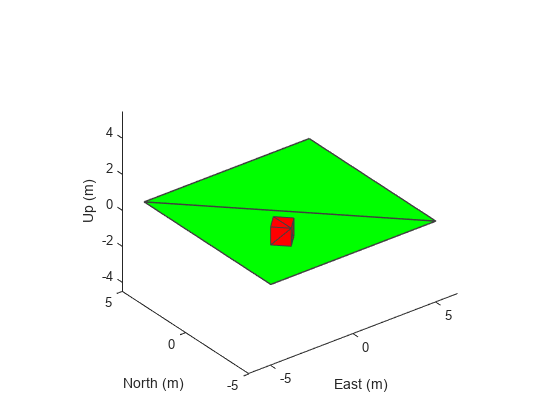addInertialFrame
Syntax
Description
addInertialFrame(
adds a new inertial frame to the robot scenario by specifying the base, name, position, and
orientation of the new inertial frame.scenario,base,name,position,orientation)
Examples
Input Arguments
Version History
Introduced in R2022a
See Also
Objects
Functions
addMesh|advance|binaryOccupancyMap|restart|setup|show3D|updateSensors
